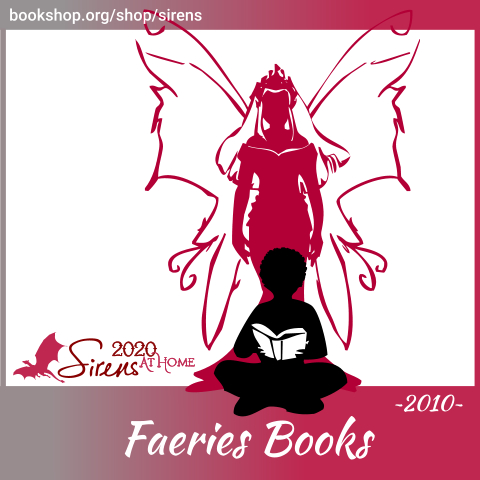
In 2010, Sirens examined faeries, with Guests of Honor Holly Black, Marie Brennan, and Terri Windling (and in our 2013 reunion year, Guest of Honor Ellen Kushner represented faeries). We analyzed traditional and new texts, and the myriad, often villainous roles that faery literature permits those who are not cisgender men, not to mention the pantheon of personality traits that faeries display, from the Seelie Court to the Unseelie and around the world.
In 2010, we suggested a number of books that included faeries in their many guises. For Sirens at Home, though, we want to feature 10 books that we think have something to say about faeries, from brownies to queens to kitsunes. Here are those books, as well as their opening words—and we’ve included links to those works at Bookshop in the titles. Bookshop supports both Sirens and independent bookstores, so if you’re looking to purchase any of these titles, they’re a great option!
1. A Face Like Glass by Frances Hardinge |
||
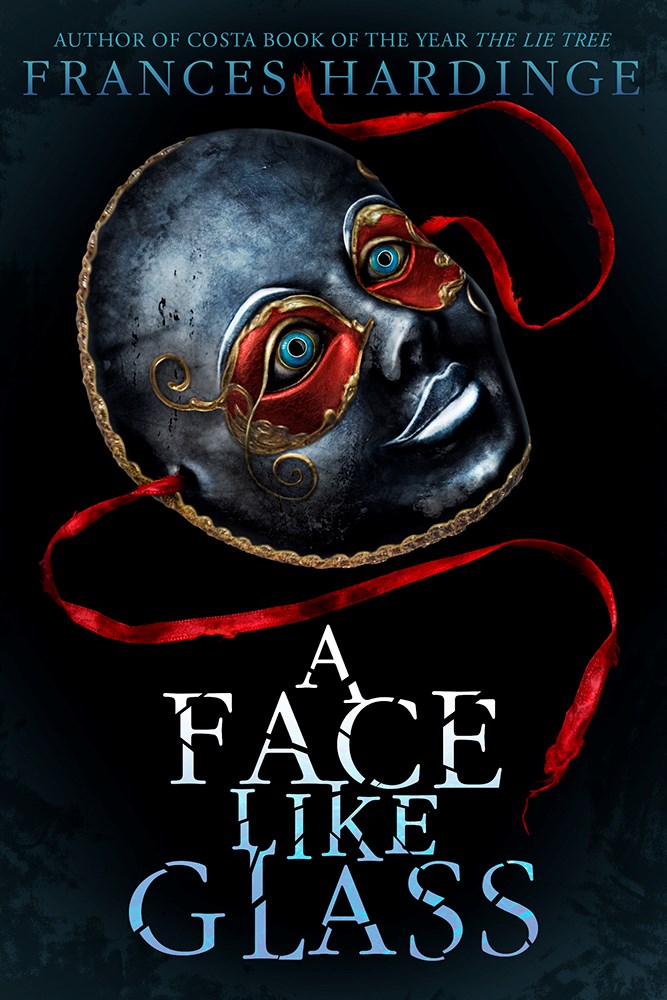 |
“One dark season, Grandible became certain that there was something living in his domain within the cheese tunnels. To judge by the scuffles, it was larger than a rat and smaller than a horse. On nights when hard rain beat the mountainside high above, and filled Caverna’s vast labyrinth of tunnels with the music of ticks and trickles and drips, the intruding creature sang to itself, perhaps thinking that nobody could hear.” | |
2. All of Us with Wings by Michelle Ruiz Keil |
||
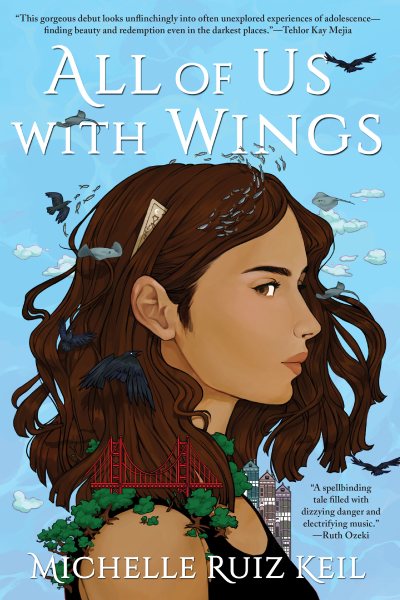 |
“Pallas sat sidesaddle on the kitchen counter, velvet ankle boots resting daintily in the deep porcelain sink. Pressing her nose against the dark kitchen window, she glared at the hulking cyclops creeping steadily toward Eris Gardens, its single working headlight illuminating the carriage house and steep gravel drive.” | |
3. An Enchantment of Ravens by Margaret Rogerson |
||
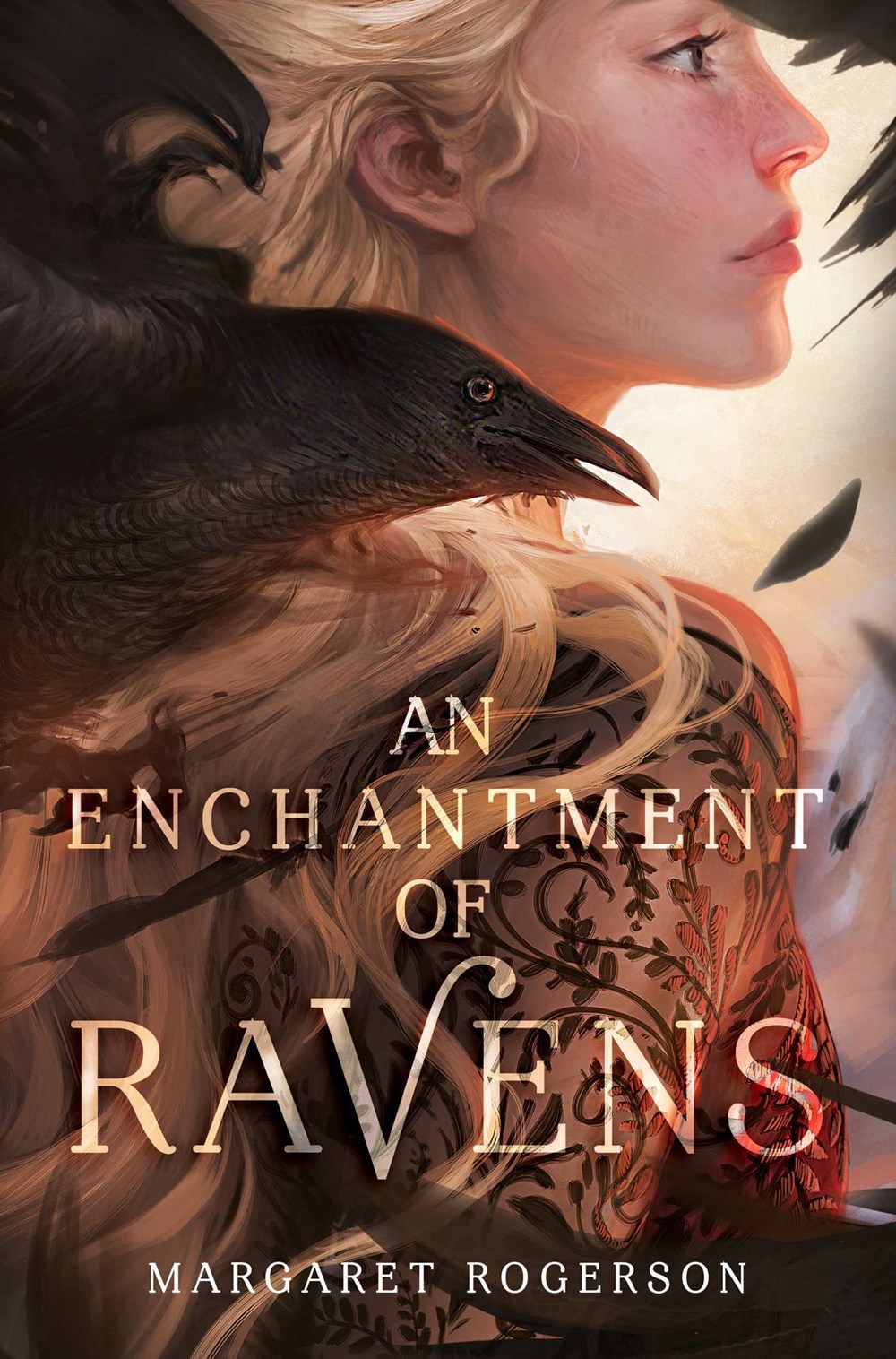 |
“My parlor smelled of linseed oil and spike lavender, and a dab of lead tin yellow glistened on my canvas. I had nearly perfected the color of Gadfly’s silk jacket.” | |
4. Desdemona and the Deep by C.S.E. Cooney |
||
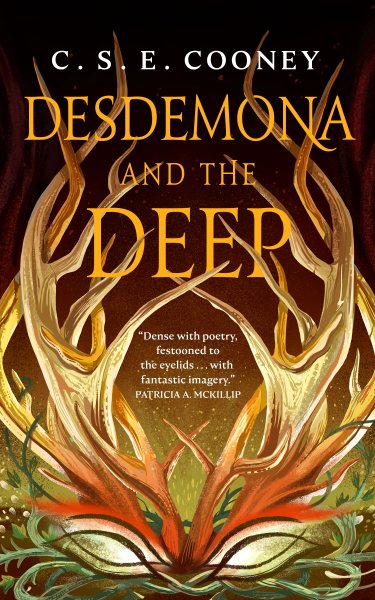 |
“Four stories above the Grand Foyer of the Seafall City Opera House, each painted panel in the barrel-vaulted ceiling depicted a scene from one of the three worlds. Which world it happened to be depended on the tint and tone of the panel: daylight was for Athe, the world of mortals; twilight represented the Valwode, where the gentry dwelled; and midnight belonged to Bana the Bone Kingdom, home to all the koboldkin. Through these wheeling coffers of world-skies—day dancing into dusk, dusk swirling into night, night into day again—cavorted the bright-winged, the beautiful, the bizarre. In that ceiling, at least, human and gentry and goblin all intermingled together, like they had in olden days before the doors between worlds were barred and the boundaries set.” | |
5. Midnight Never Come by Marie Brennan |
||
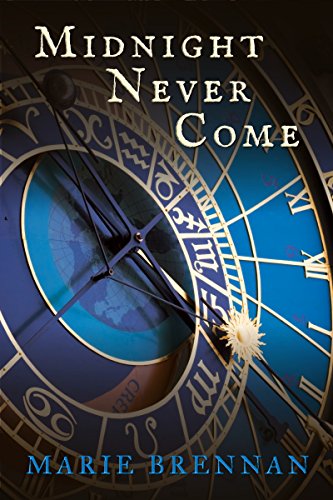 |
“Fitful drafts of chill air blew in through the cruciform windows of the Bell Tower, and the fire did little to combat them. The chamber was ill-lit, just wan sunlight filtering in from the alcoves and flickering light from the hearth, giving a dreary, despairing cast to the stone walls and meagre furnishings. A cheerless place—but the Tower of London was not a place intended for cheer.” | |
6. Returning My Sister’s Face by Eugie Foster |
||
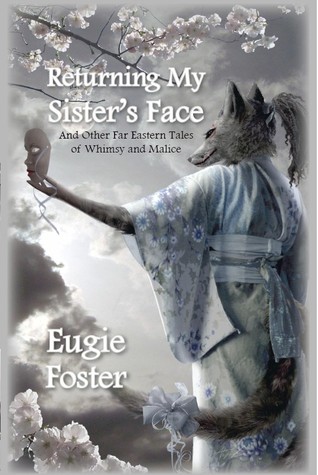 |
“Buddha teaches that this existence is one of suffering. And of all the Middle Kingdom, my people, the Clan of Bótù, bear the greatest burden of suffering. We are fodder for all—tiger and owl, fox and man—and only those with fleet limbs, strong hearts, and good fortune survive.” | |
7. The Falconer by Elizabeth May |
||
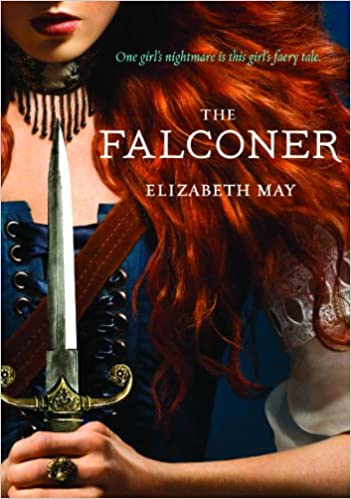 |
“I’ve memorized their every accusation: Murderess. She did it. She was crouched over her mother’s body, covered in blood.” | |
8. The Faery Reel co-edited by Terri Windling |
||
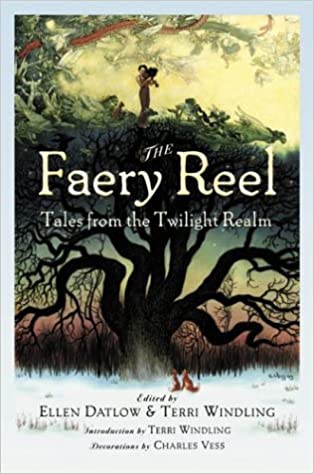 |
“Where do faeries come from? Folklorists, philosophers, historians, mystics and others have debated this question for centuries. No one really knows how faeries originated—unless it’s the faeries themselves, and they’re not telling. What we do know is that tales of the faeries can be found on every continent around the globe, and that belief in the existence of the ‘Hidden People’ is surprisingly widespread today.” | |
9. Thomas the Rhymer by Ellen Kushner |
||
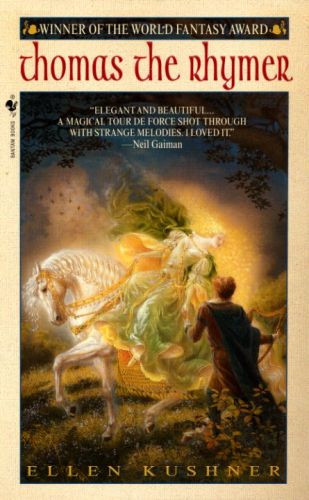 |
“I’m not a teller of tales, not like the Rhymer. My voice isn’t smooth, nor my tongue quick. I know a few tunes, everyone does, but nothing like his: from me you’ll never hear songs of gentle maidens fording seven rivers for their false lover so bittersweet as to make the hardest old soldiers weep; nor yet merry ones of rich misers tricked out of their gold, with the twist of a word and a jest so neatly turned that the meanest old uncle that ever pinched a dowry still laughs without offense.” | |
10. Tithe by Holly Black |
||
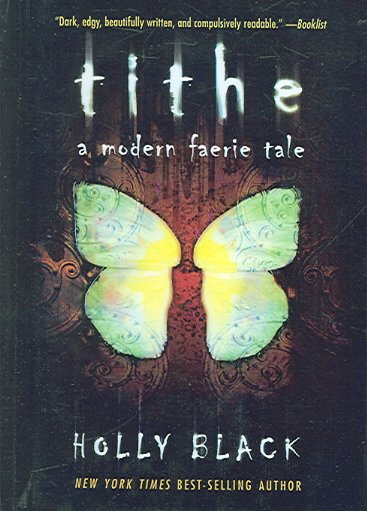 |
“Kaye took another drag on her cigarette and dropped it into her mother’s beer bottle. She figured that would be a good test for how drunk Ellen was—see if she would swallow a butt whole.” | |
For more information about our 2010 conference, including the programming presented that year, please see our 2010 archive page.







Connect with the Sirens community
Sign up for the Sirens newsletter